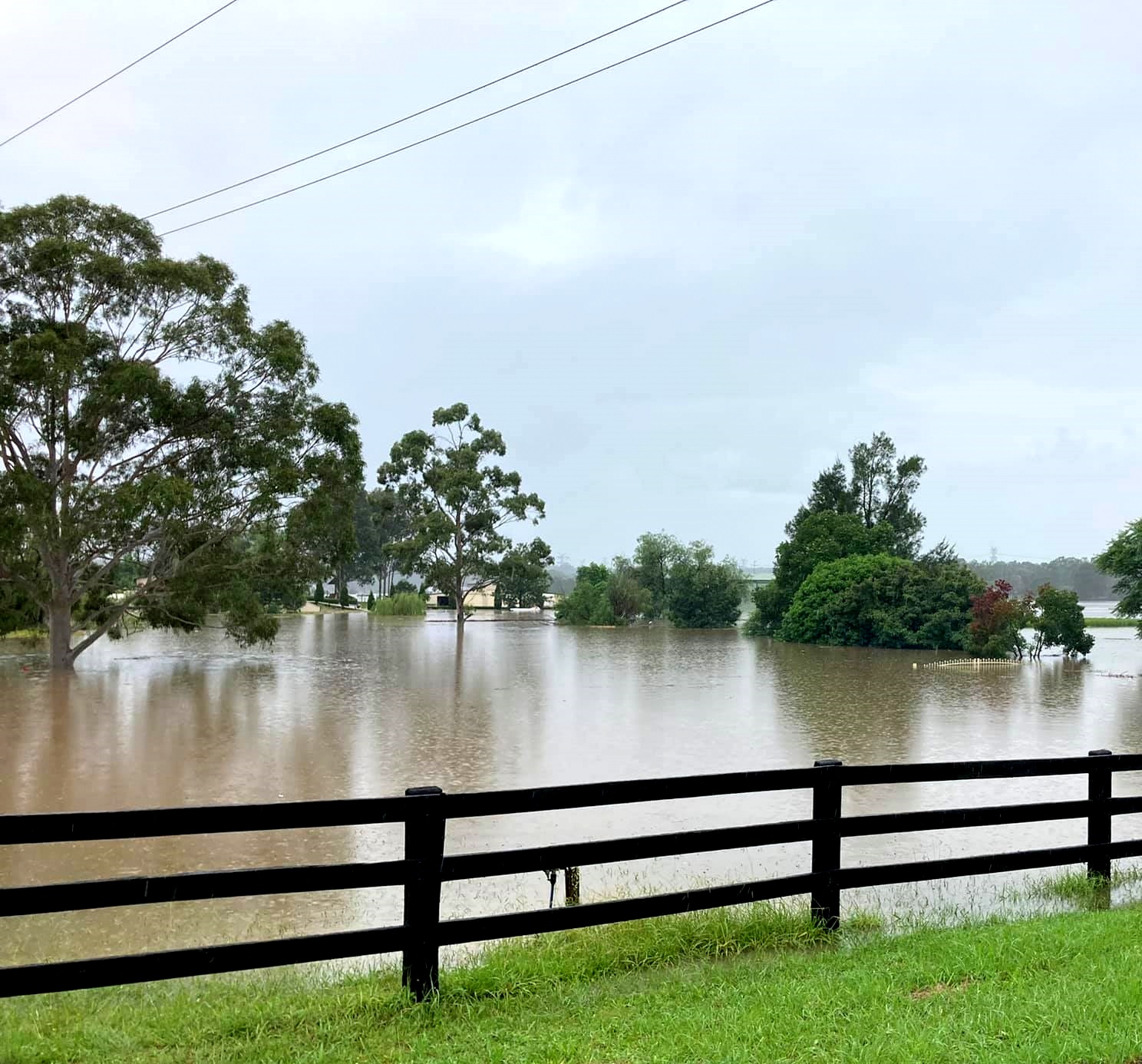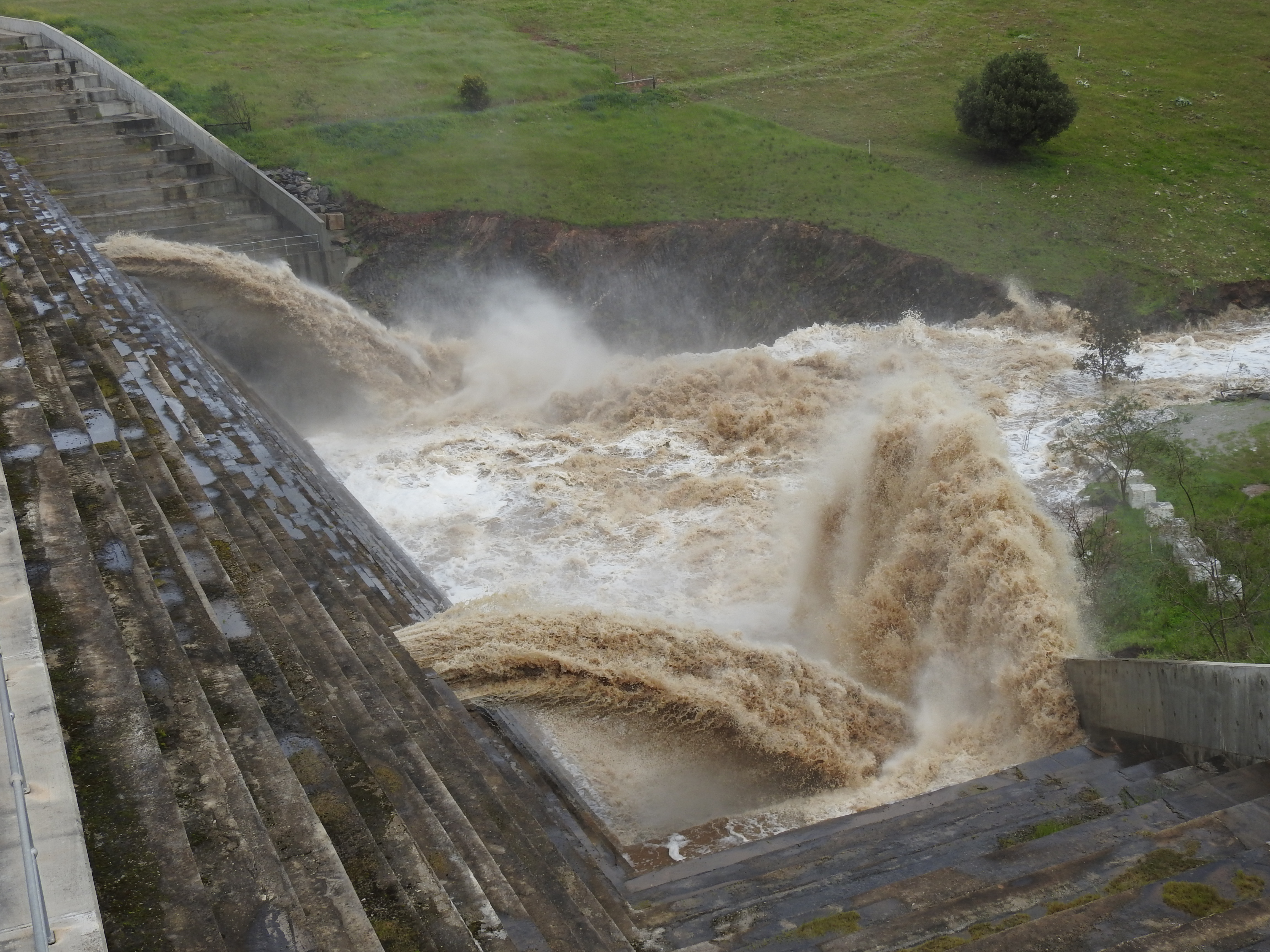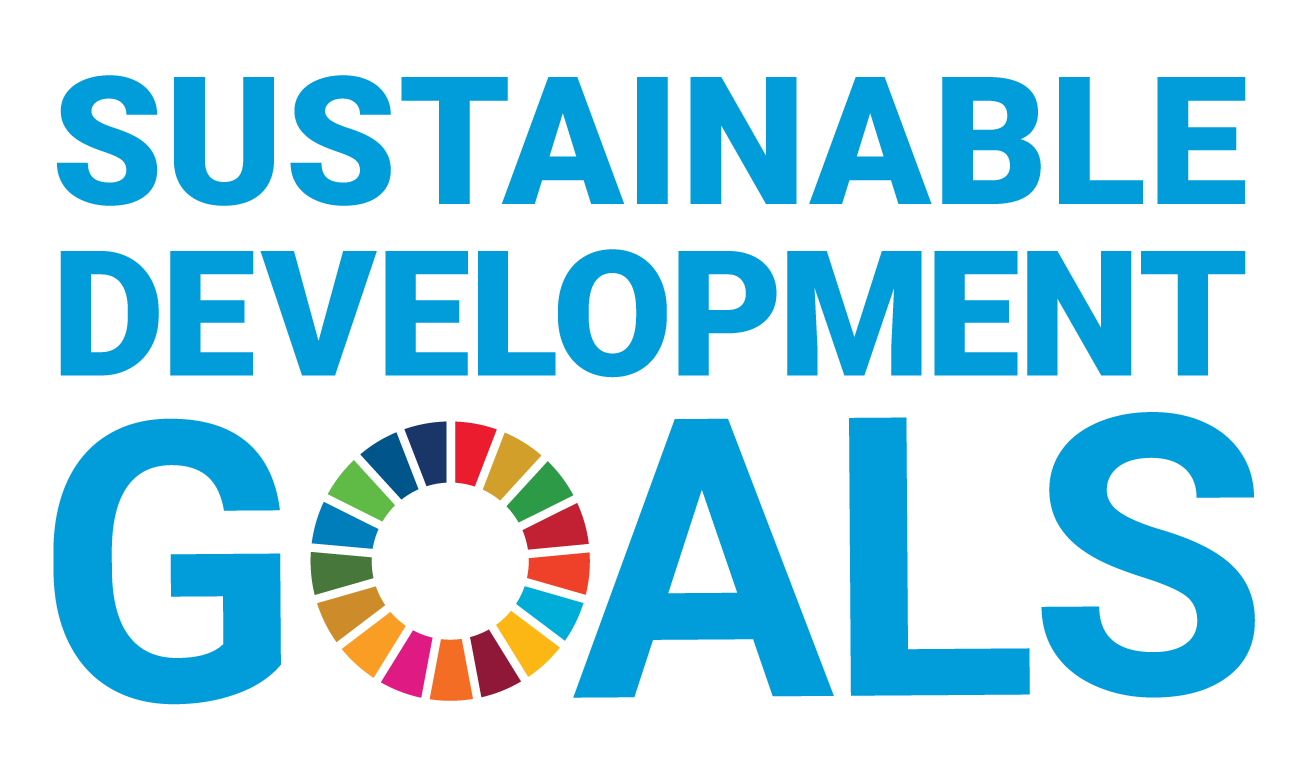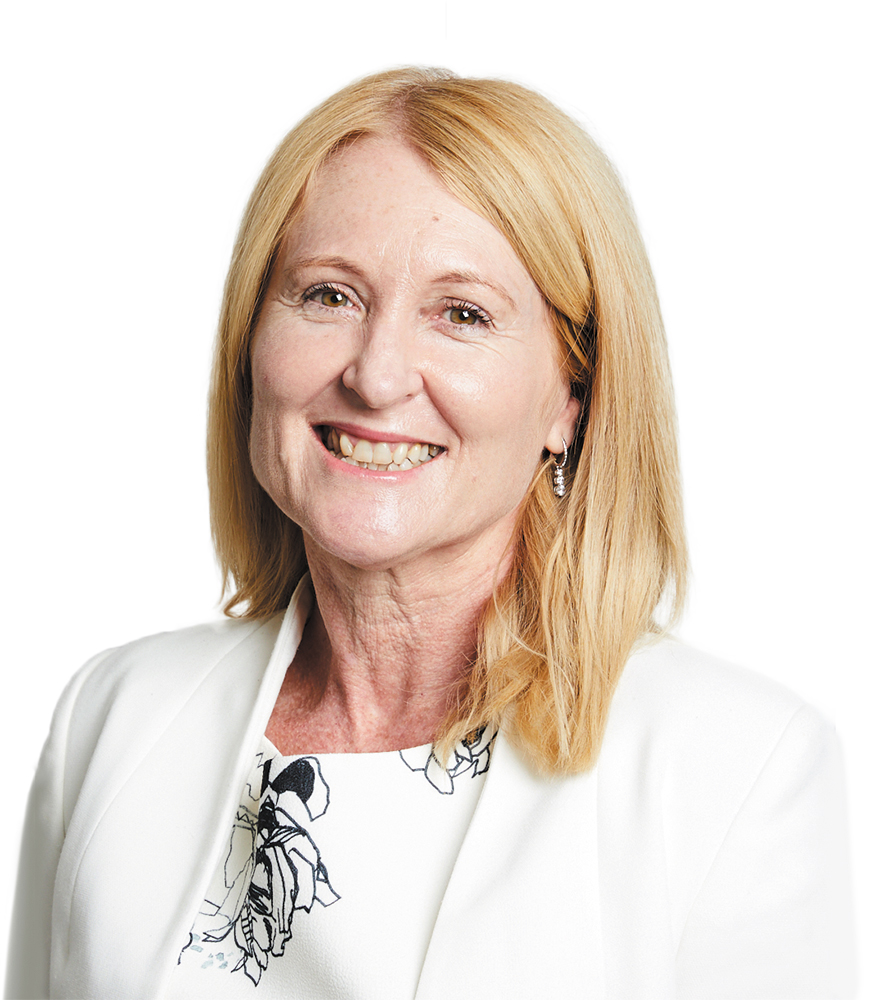You can search for courses, events, people, and anything else.
A major flood in the Hawkesbury-Nepean River Valley, northwest of Sydney, represents Australia’s highest flood threat and could be catastrophic in terms of loss of life, property and livelihoods. Studies conducted about community attitudes and flood awareness within this area indicate that people are remotely conscious of flood risk but do not perceive it as a significant risk to their life or property. Dr Kay Carroll, deputy dean at Western Sydney University’s School of Education, is working with Western colleagues and government partners including the New South Wales State Emergency Service (NSW SES), Infrastructure NSW and the Australian Bureau of Meteorology to create programmes that teach adolescents about the risk of floods and how to respond.
For example, ‘Water in the World’ is an online Geography programme, available on the NSW SES website for students in years 7 to 8. It explores the history of flooding in the Hawkesbury-Nepean Valley, real-world impacts of natural hazards such as flooding, and how a community can develop resilience and responsive approaches in these contexts.
Another programme, ‘Water in the Valley,’ is aimed at students in primary years 1–6. As Nicole Hogan, the assistant commissioner in emergency management at NSW SES, says, “School students learning about flooding is highly beneficial as this assists in raising awareness of the impacts of floods, as well as the best actions to take should flooding occur, ultimately building resilience within communities.”
Carroll, who has a background in teaching and researching history and geography, says she finds her team’s work around natural hazards and community engagement and resilience important. As she points out, if parents and their children don’t understand the history of flooding and the ongoing danger, they might ignore rising-water warnings and when that happens, they can be trapped. “We know internationally that child and adolescent engagement with disaster awareness and preparedness enables student action, voice and helping parents and the community. This delivers significant reductions in mortality rates and recovery post-event,” she adds
Based on a survey of 332 students who completed one of the online programmes, Carroll and her research colleagues, Distinguished Professor Kathryn Holmes, Distinguished Professor Basant Maheshwari, Dr Nathan Berger, Dr Erin Mackenzie and Sasha Jessop, found that children had 50% more conversations with their parents about flood risks. The team found that after completing the learning activities from ‘Water in the World’ more students realised that flooding could occur in their local community, and that they were more aware of the role that NSW SES plays in responding to severe storm and flood events.
Although it takes a widespread team to create, distribute, and use these programmes, Carroll says it has been important focusing on the Hawkesbury-Nepean Valley: “If you can make curriculum and learning relevant to the local context, students get engaged.”
Credit
Future-Makers is published for Western Sydney University by Nature Research Custom Media, part of Springer Nature.
© Jaykayl/iStock/Getty
© Spisah, CC BY-SA 4.0, via Wikimedia Commons
© gawler_history/Flickr






